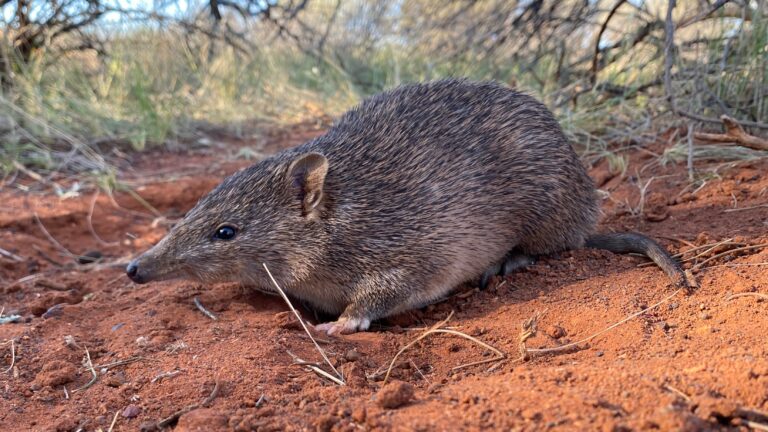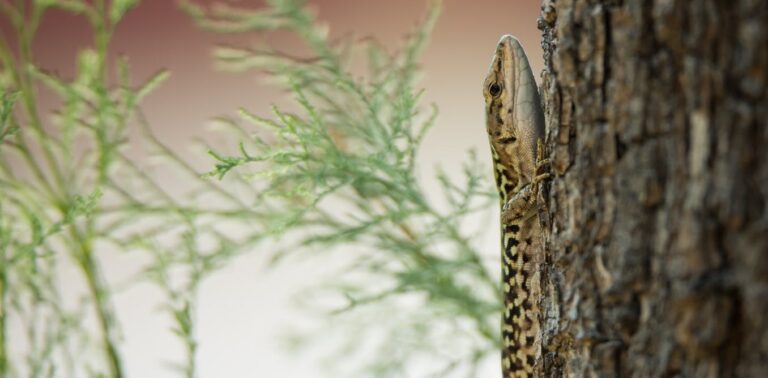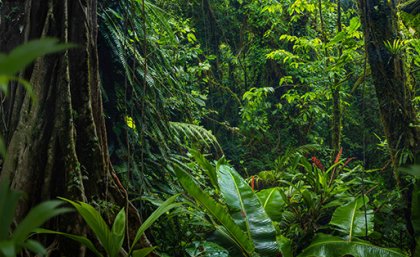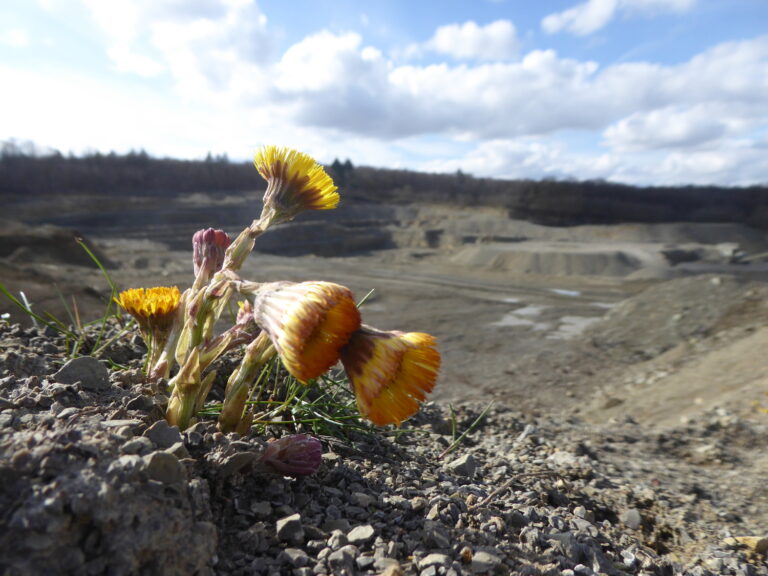New study assesses impact of agricultural research investments on biodiversity, land use
New, groundbreaking research shows how, at a local scale, agricultural research and development led to improved crop varieties that resulted in global benefits to the environment and food system sustainability. The Purdue University study appears in the latest issue of Proceedings of the National Academy of Sciences. “At the global level, we see a reduction…










